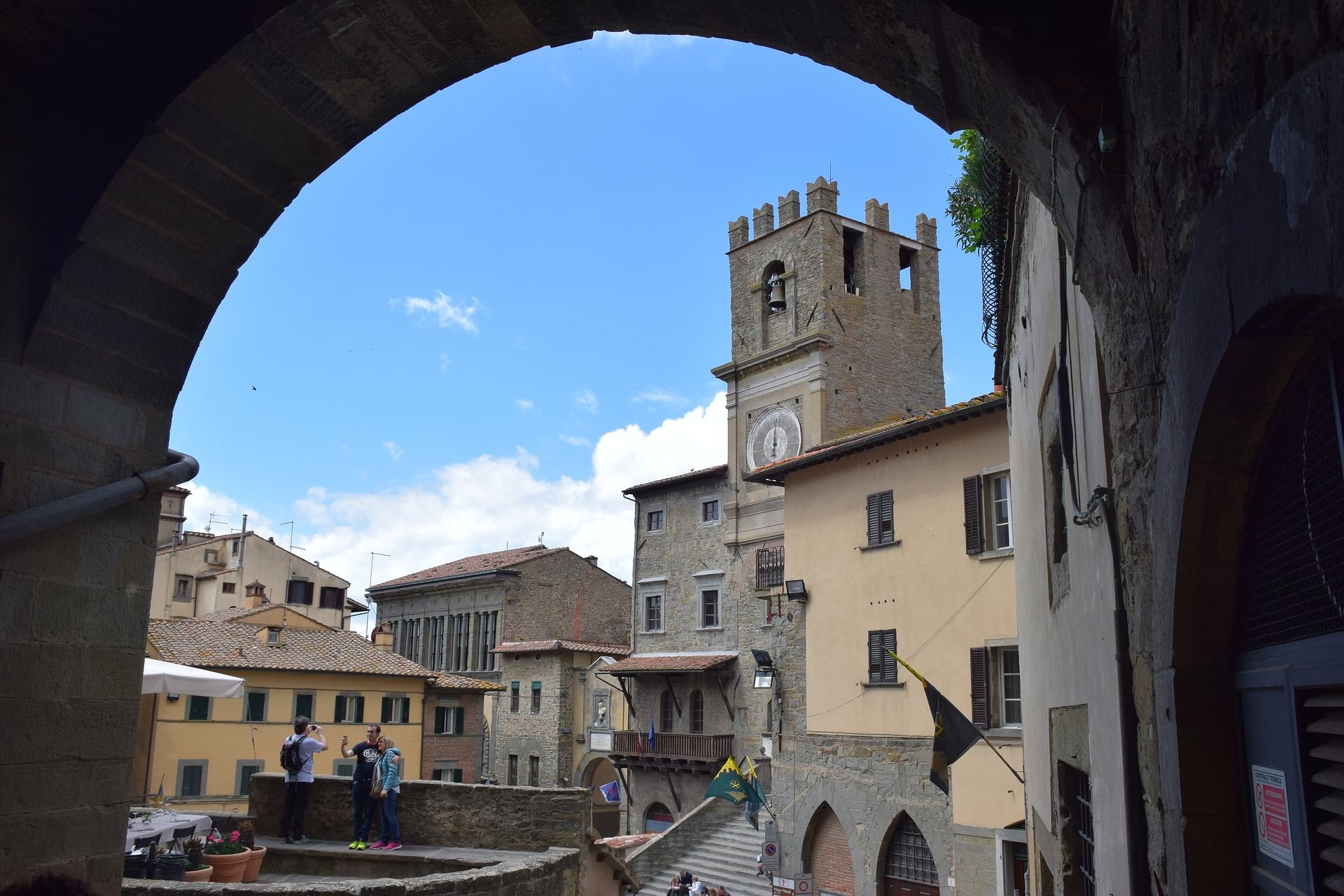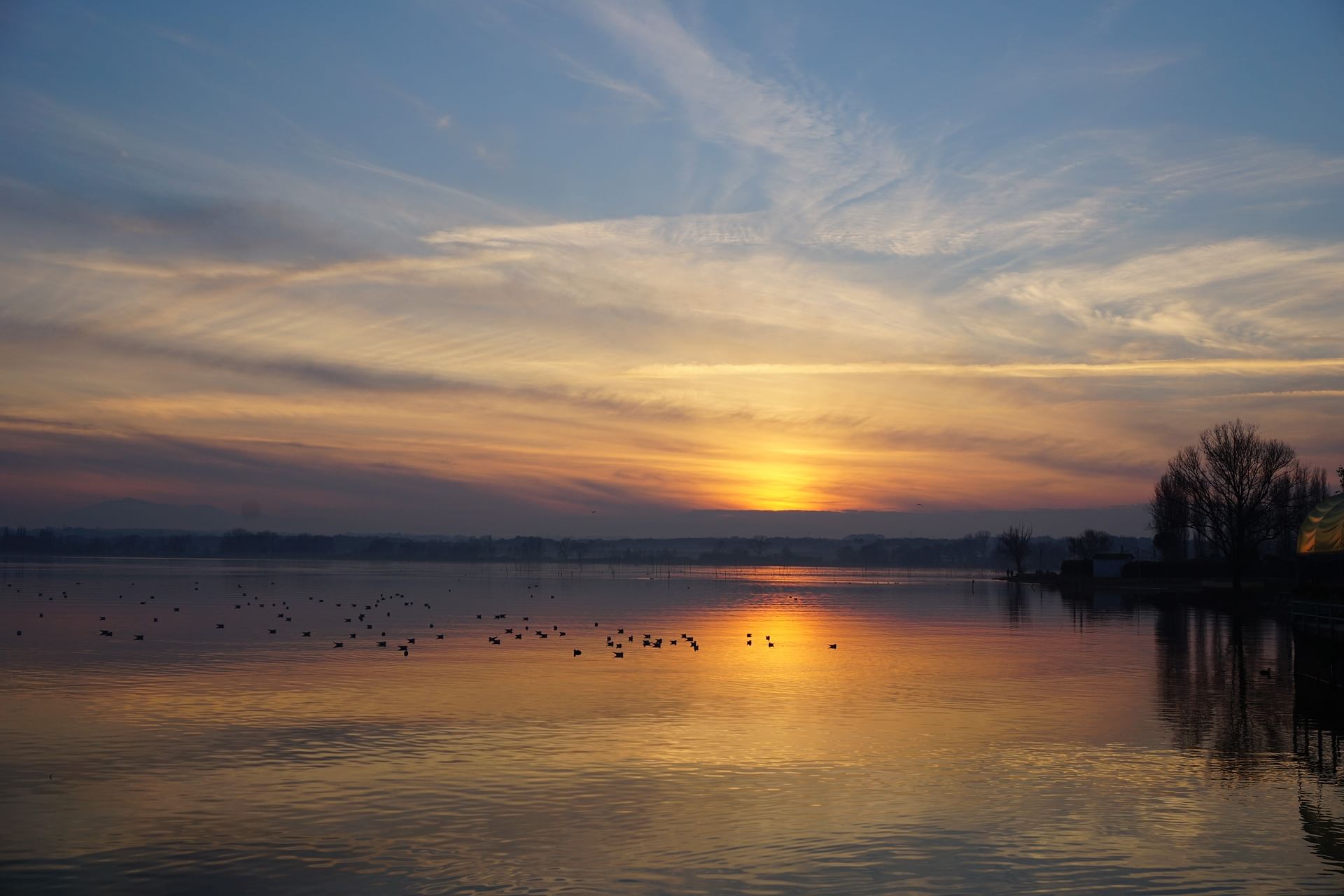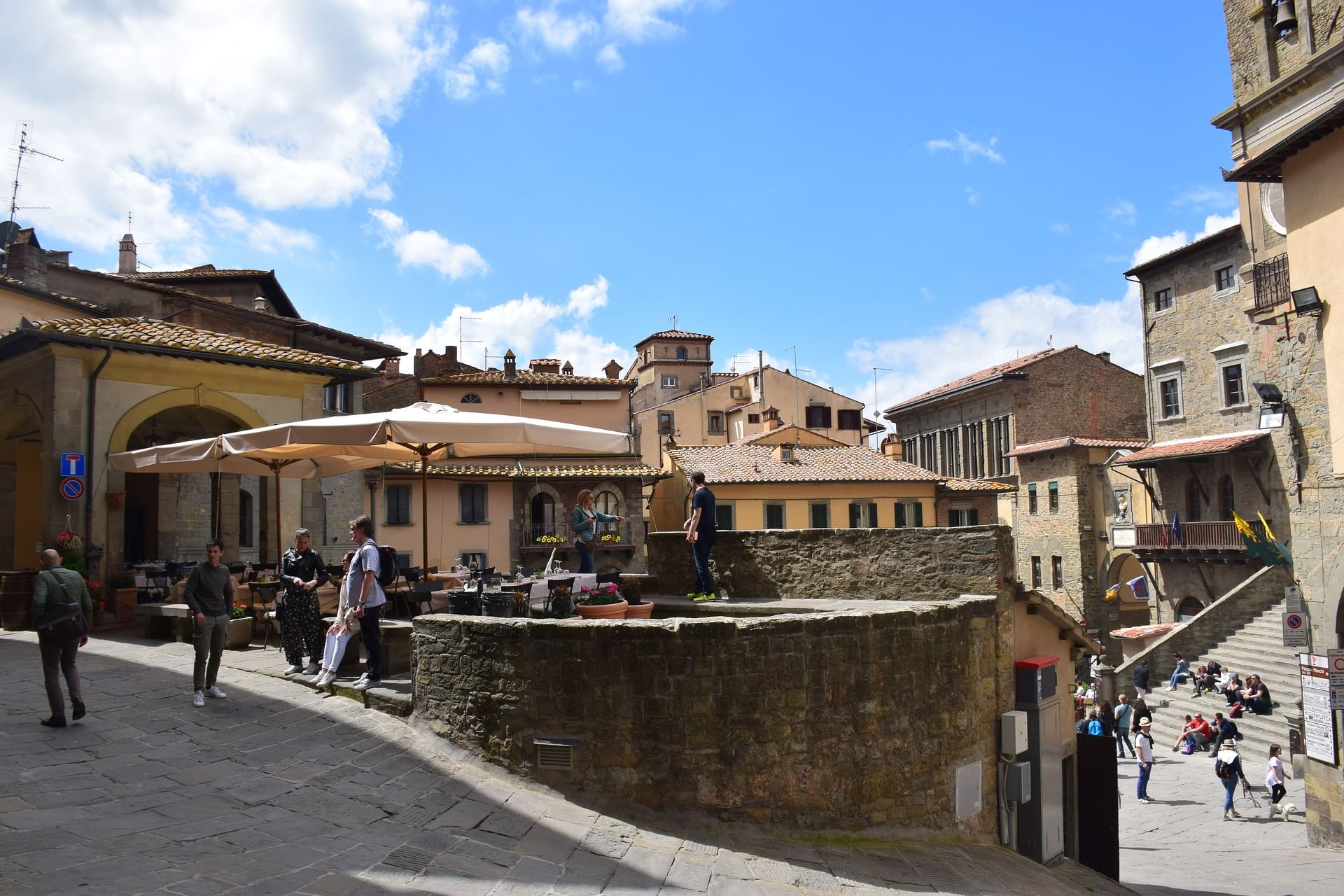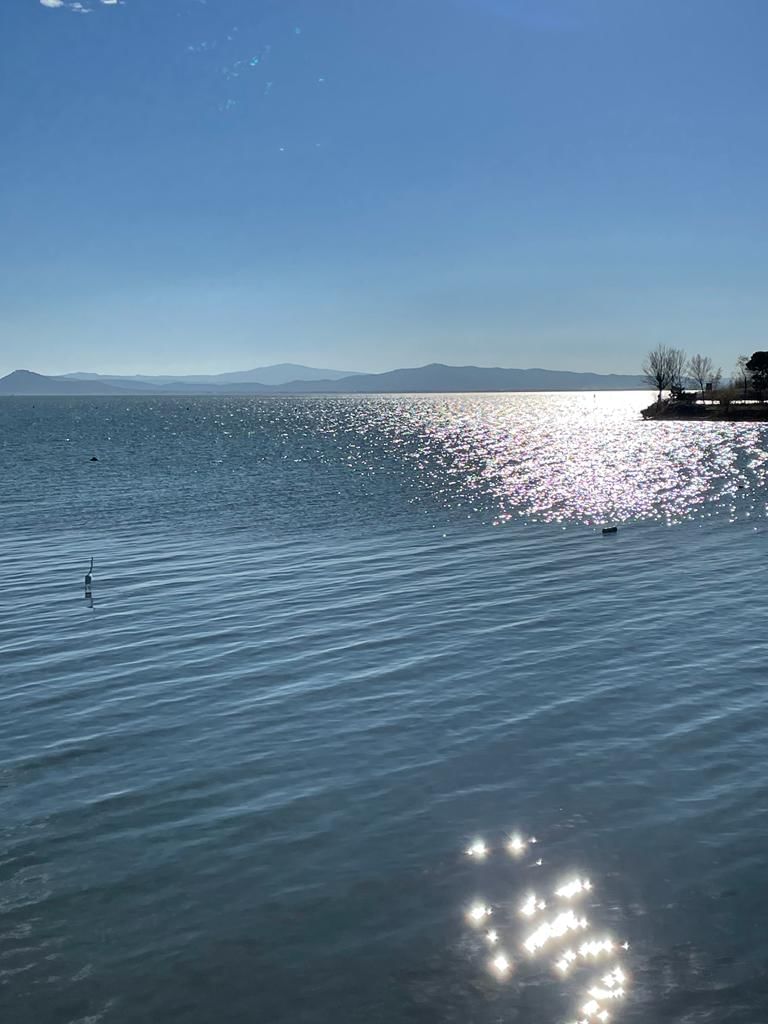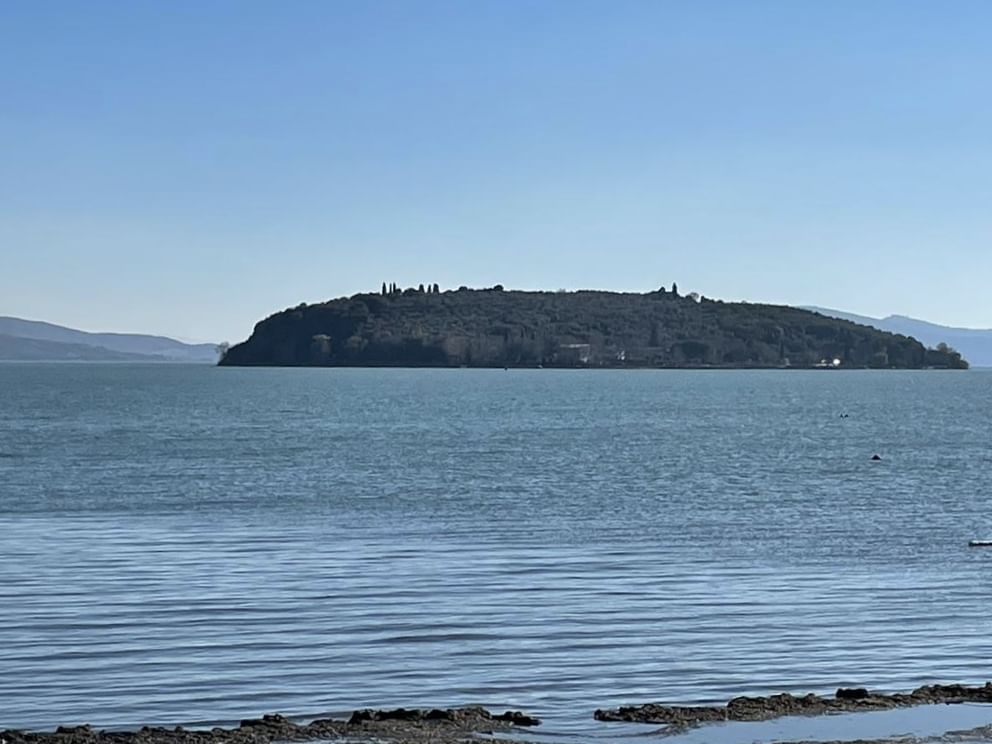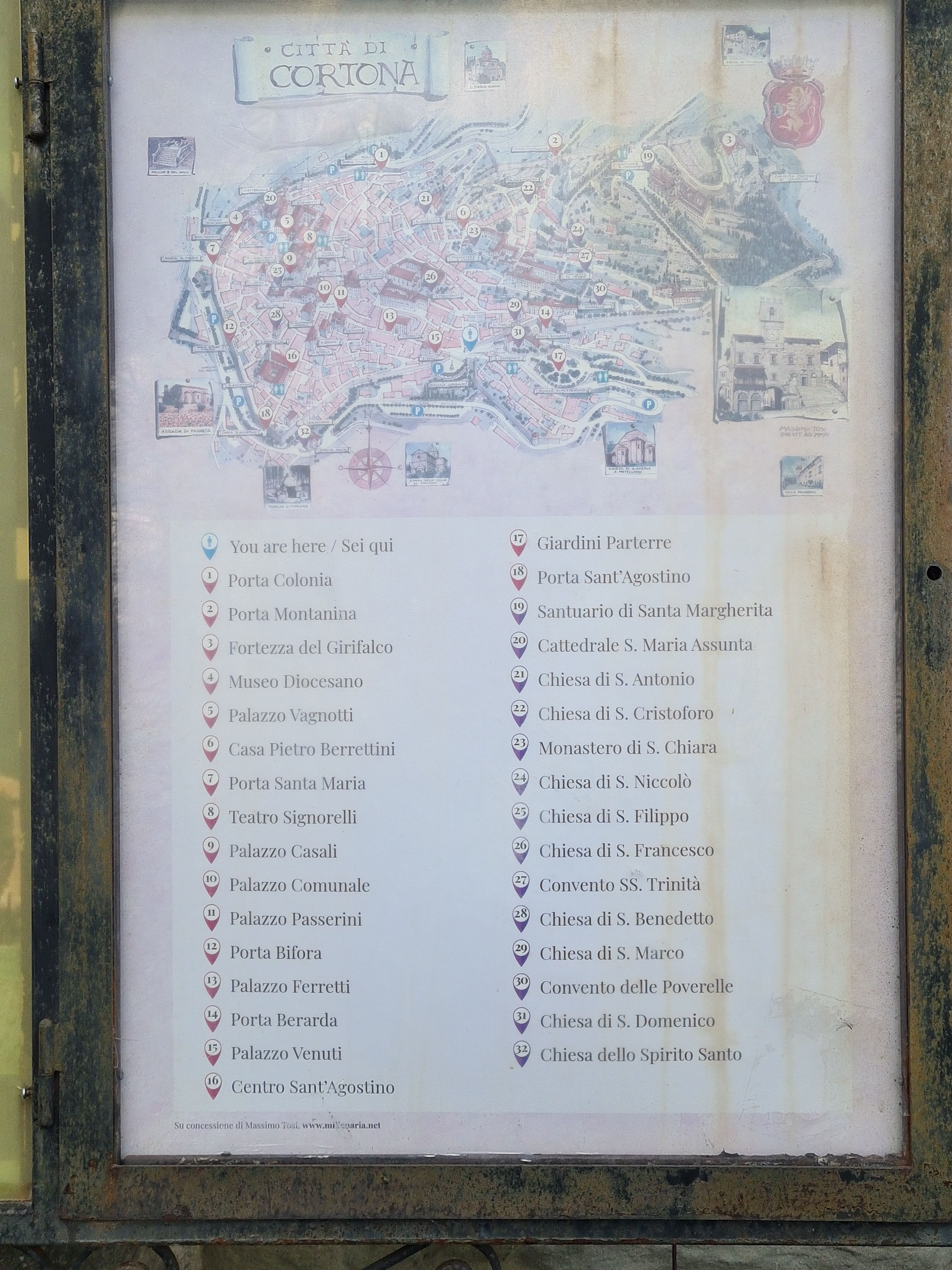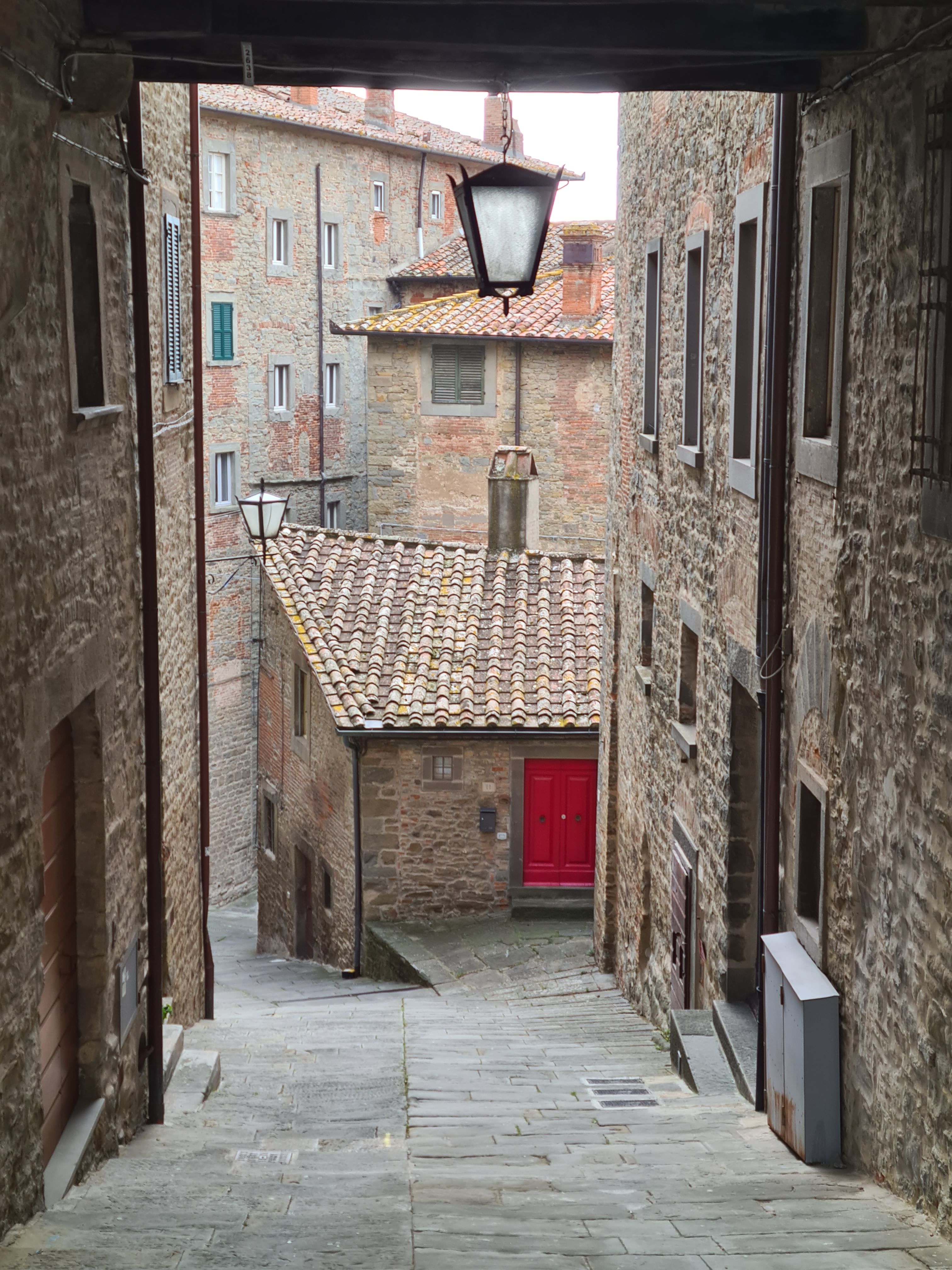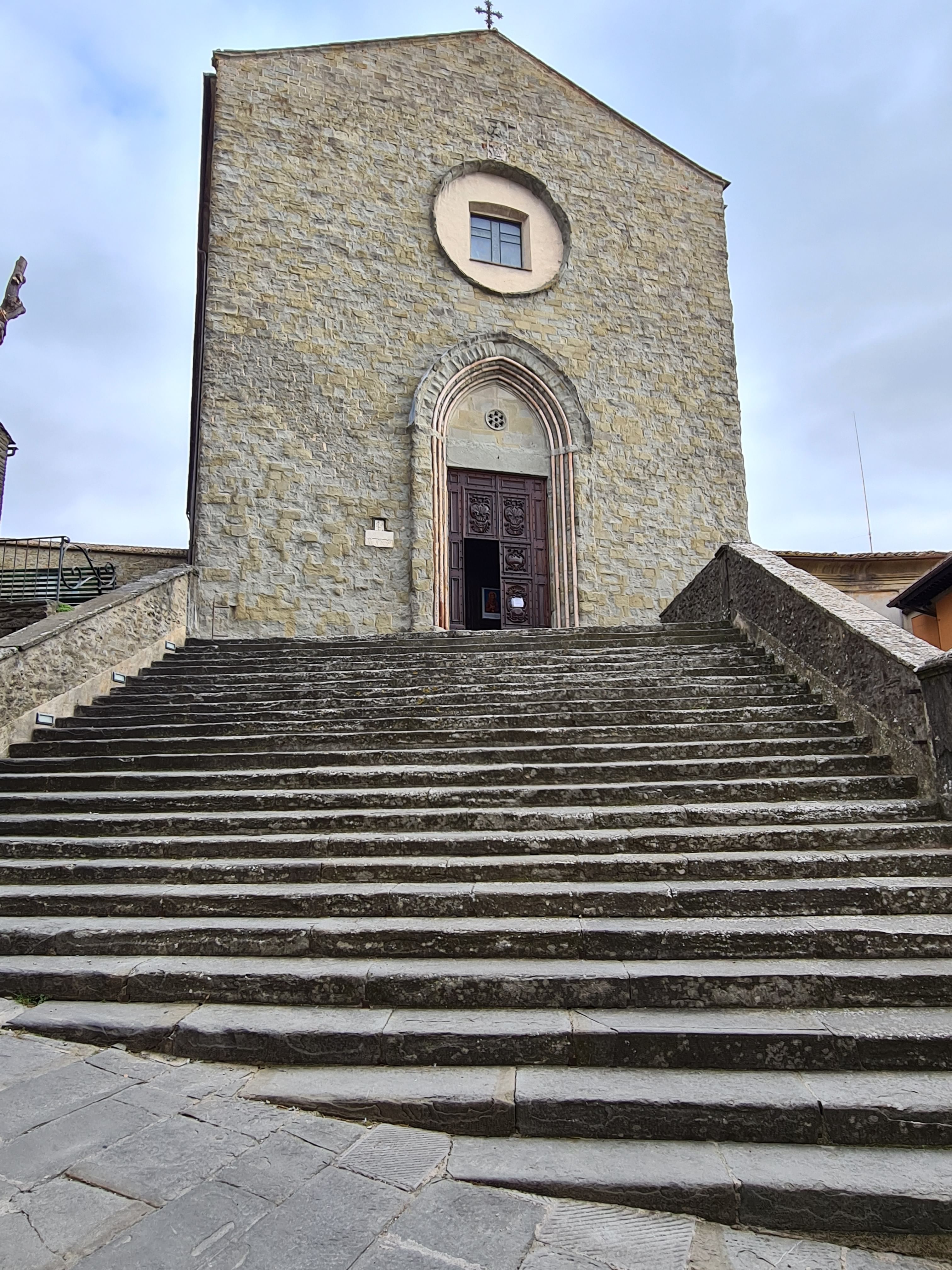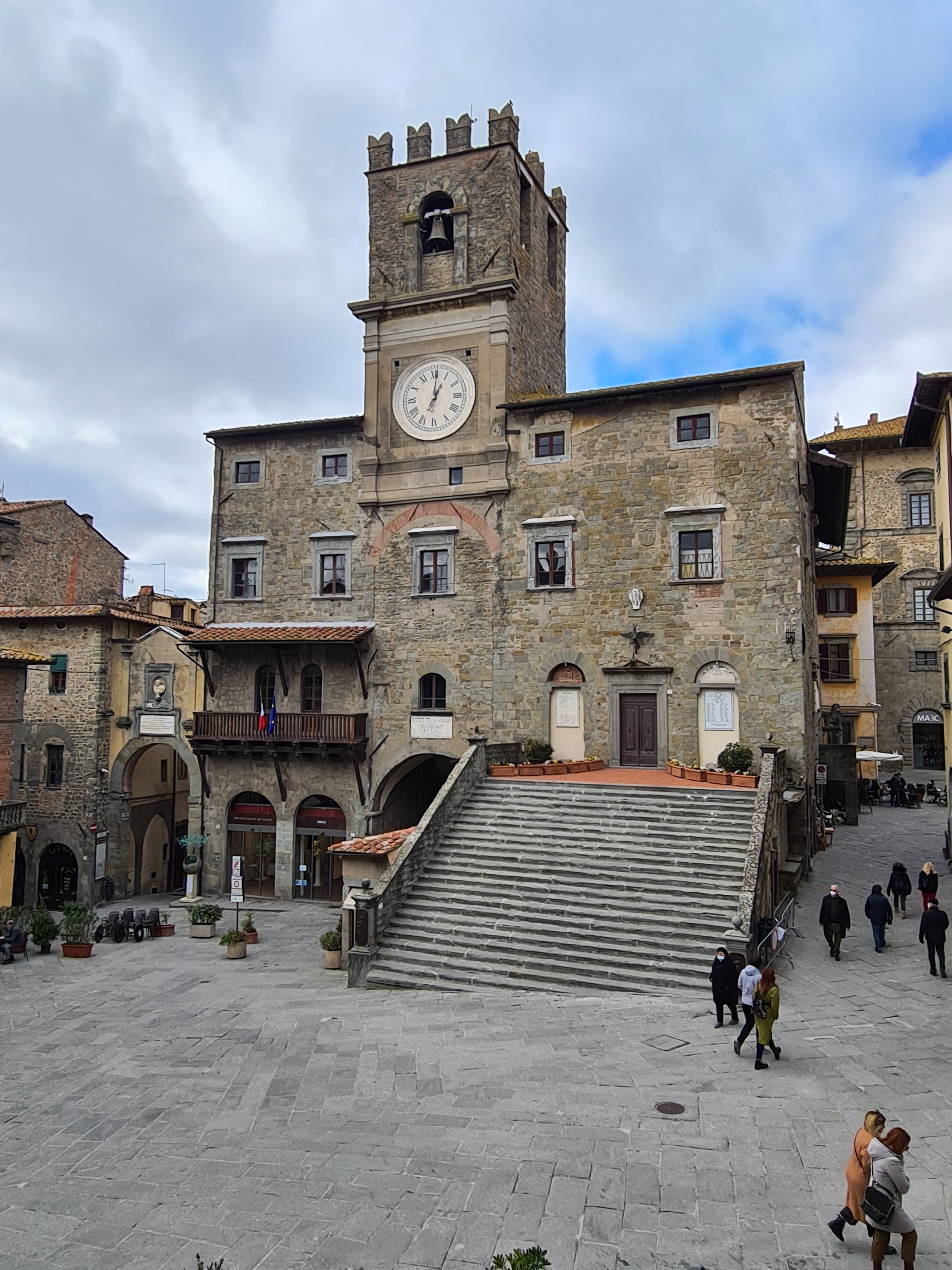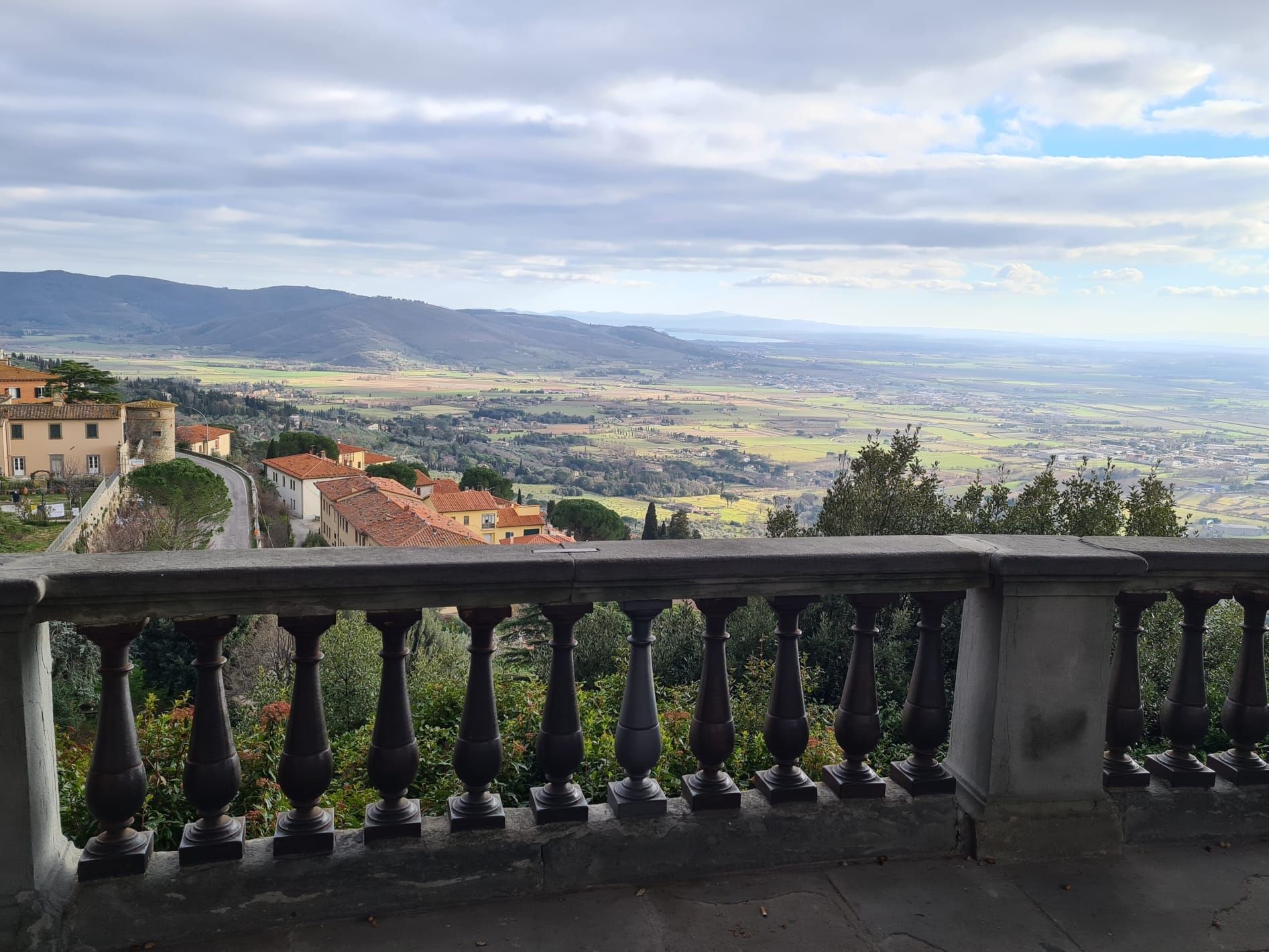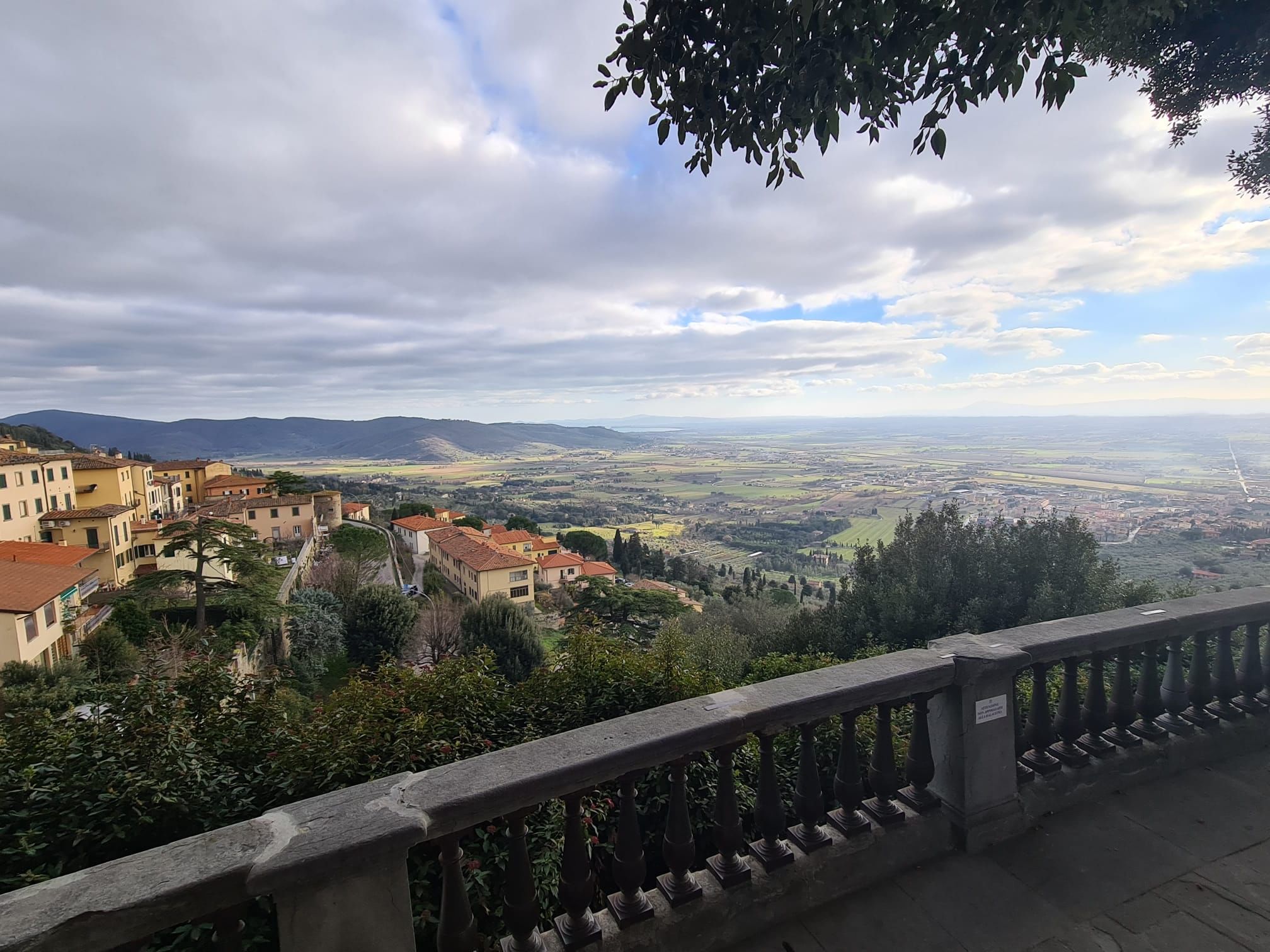Lago Trasimeno
South east towards the region of Umbria reach lake trasimeno and take a fascinating private bout tour on the 4th biggest lake in the country, stretch of water that marks a physical border between Tuscany and Umbria.
Tuoro sul Trasimeno
Overlooking the northern part of the lake, Tuoro, with its 3500 inhabitants was formed during the 13th century. Famous for the battle of Lake Trasimeno between Romans and Carthaginians in 217 BC, frescoed in the map gallery of the Vatican museums. Of extreme interest "Campo del Sole" meaning field of sun, an open air museum where you can admire over 25 column sculptures by great contemporary artists.
From here it's easy to discover the 3 islands of this lake: Polvese, maggiore and Minore. All 3 interesting for old Roman ruins and spectacular fauna and flora, in fact today they are scientific educational parks and have no inhabitants.
Passignano sul Trasimeno
Stands on a promontory with just over 5000 inhabitants. A fortified village still enclosed within medieval walls, of which access gates and towers still survive. Renaissance architecture and churches prevail other than a very interesting boat museum in the old middle age fortress situated on the highest peak overlooking the lake.
Castiglione del Lago
Standing on the Western shore it is the biggest town on the lake with its approx 15.000 inhabitants. Located along one of the largest communication routes of the Etruscan-Roman period. Once an island now due to the filling of land it has rejoined the shore. Main political and economical stability was reached during the 13th century during the reign of Frederick II. Eventually fell under the control of Perugia, today capital of the region and becamea sort of "buffer zone" between the Grand Duchy of Tuscany and the Papal territories.The Ducal palace , the Rocca del Leone with its triangular tower and the network of medieval passage ways are surely worth while seeing.
Cortona
Dancing on the border, a few miles up the road and back in Tuscany reaching the well known medieval beauty of Cortona, famous more than ever for being the inspiration and the set of the movie, Under the Tuscan Sun. The old town is purched at over 1000ft overlooking the northern corner of lake Trasimeno but the modern extension in the valley creates for surface the 4th biggest municipality in Tuscany with over 24.000 inhabitants. Due to position Cortona was very powerfull during Etruscan and Roman times and eventually after various alliances, conflicts,falls and rises became part of the Florentine republic in the 15th century. The Archaeological Park with Etruscan and Roman ruins of roads,temples and tombs other than the magnificent architecture and lay out of the medieval center will surely feed your historical needs for the day.


